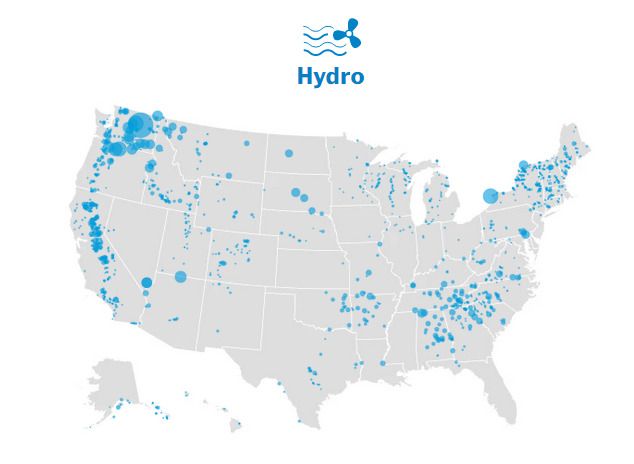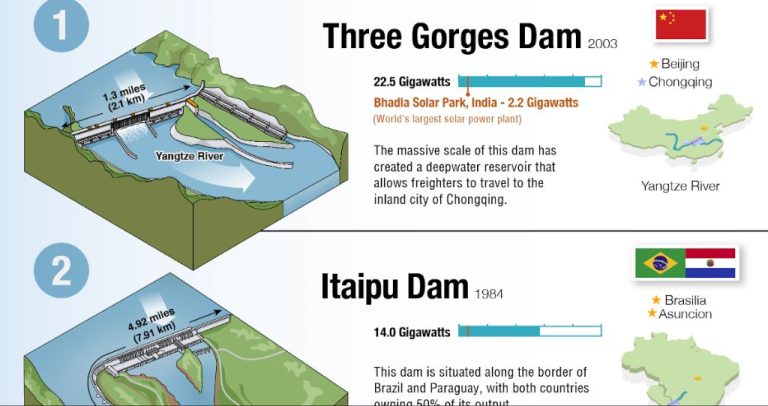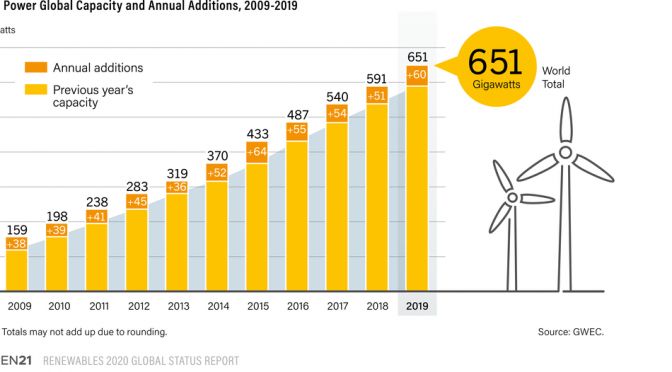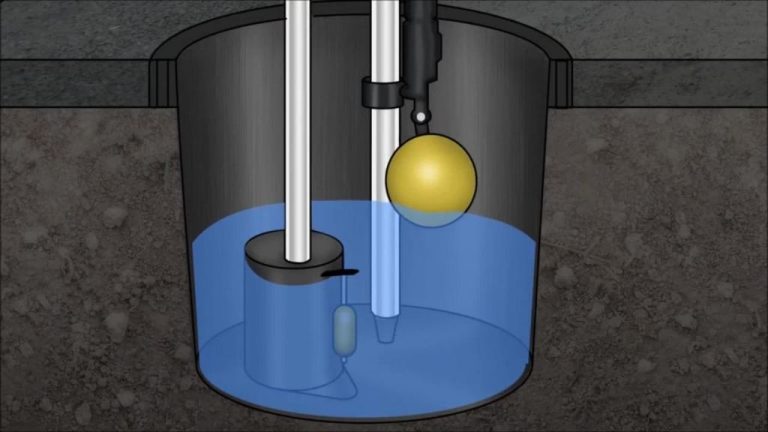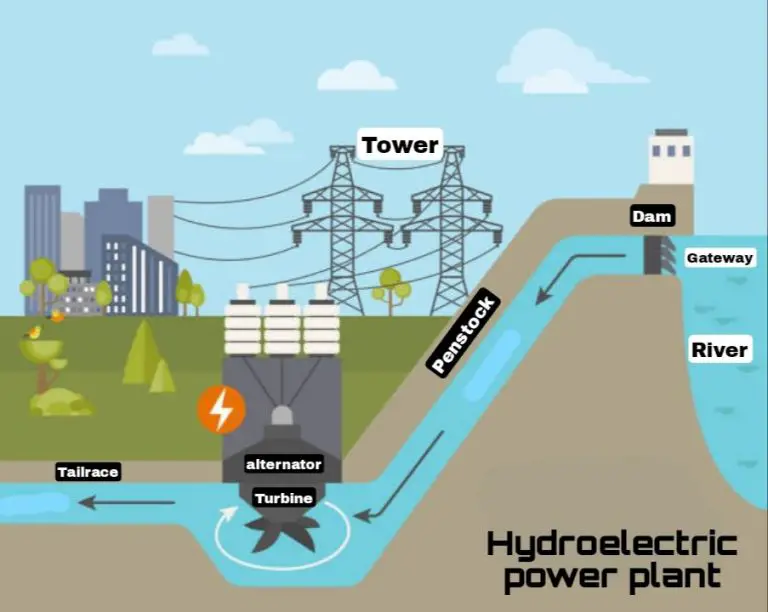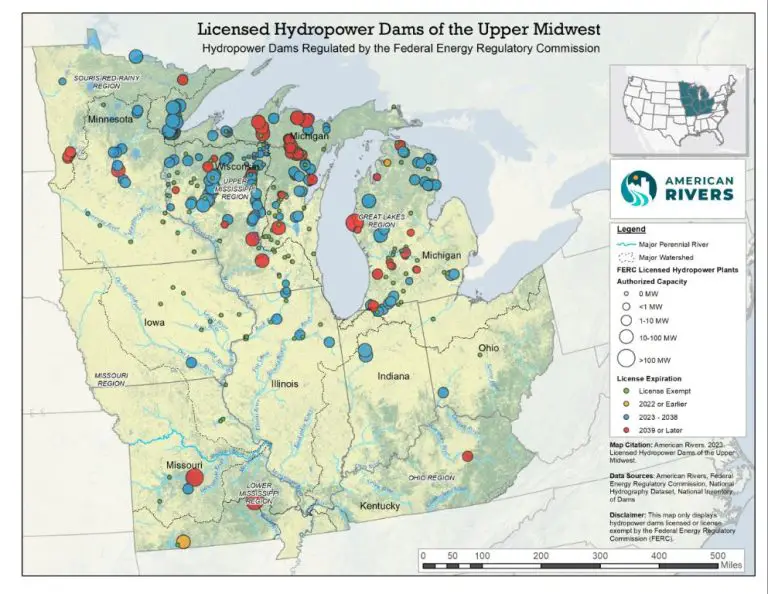What Does Hydro Tasmania Do?
Hydro Tasmania is Australia’s largest producer of renewable energy. The company was founded in 1914 as the Hydro-Electric Department, later renamed the Hydro-Electric Commission, to build hydroelectric power schemes across Tasmania. In 1998, the organization was corporatized and renamed Hydro Tasmania. Today, Hydro Tasmania operates 30 power stations across Tasmania and generates approximately 10,000 GWh of energy annually, representing around 95% of the state’s electricity needs. Hydro Tasmania is government-owned by the Tasmanian Government and operates as a state-owned business enterprise. The company is responsible for managing Tasmania’s energy resources and assets for the long-term benefit of Tasmanians.
Power Generation
Hydro Tasmania operates 30 hydroelectric power stations across Tasmania that harness the state’s abundant water resources to generate renewable electricity (1). These stations are located across 18 major catchment areas and are linked together by dams, tunnels and pipelines. The power stations utilize Tasmania’s natural landscape to convert the potential energy of water flows into electricity (2).
In total, Hydro Tasmania has over 4,000 MW of hydroelectric generating capacity, making it the largest producer of renewable energy in Australia (2). This electricity helps meet the energy needs of Tasmanian homes and businesses. Any excess electricity is exported via Basslink to Victoria and the rest of the National Electricity Market (1).
As a generator and major supplier of renewable energy, Hydro Tasmania plays an important role in Tasmania by providing reliable, clean electricity to power the state (1)(2). Its hydroelectric assets allow Tasmania to have one of the cleanest energy generation mixes in the world.
(1) https://www.hydro.com.au/clean-energy/our-power-stations
(2) https://en.wikipedia.org/wiki/Hydro_Tasmania
Energy Retailing
Hydro Tasmania retails electricity to residential and business customers in Tasmania under the Aurora Energy brand [1]. As the authorized retailer in Tasmania, Aurora Energy manages customer relationships, billing, connections, and maintenance for over 280,000 customers statewide. Aurora Energy has approximately 85% market share of electricity retailing in Tasmania [2].
Hydro Tasmania also owns Momentum Energy, which retails electricity and gas to customers in the National Electricity Market on mainland Australia. Momentum Energy has over 320,000 customer accounts across Victoria, New South Wales, South Australia, Queensland, and the ACT [1].
Water Management
Hydro Tasmania manages water storages and river systems across Tasmania, balancing energy production with other uses like irrigation, recreation, and environmental flows. The company oversees 29 major reservoirs and dams, as well as numerous weirs, canals and other infrastructure to regulate water flow.
Through its water management, Hydro Tasmania provides over 50% of Tasmania’s electricity. It must balance this energy production with supplying water for agricultural irrigation, particularly in the Macquarie and South Esk river catchments. Recreational water activities like boating, fishing and swimming also depend on regulated water flows. Hydro Tasmania works to manage environmental impacts and maintain healthy ecosystems too.
Information on water levels, storage capacity, releases and more is available through Hydro Tasmania’s website and updated frequently during warmer months. The company provides flood warnings when necessary and oversees safety precautions. Overall, Hydro Tasmania’s water management across dams, rivers and irrigation infrastructure sustains Tasmania’s power supply, agriculture, recreation and environment. (Source)
Innovation
Hydro Tasmania is committed to developing innovative renewable energy technologies and projects. The company invests significantly in battery storage solutions and new hydropower assets to support the transition to clean energy (https://www.hydro.com.au/clean-energy).
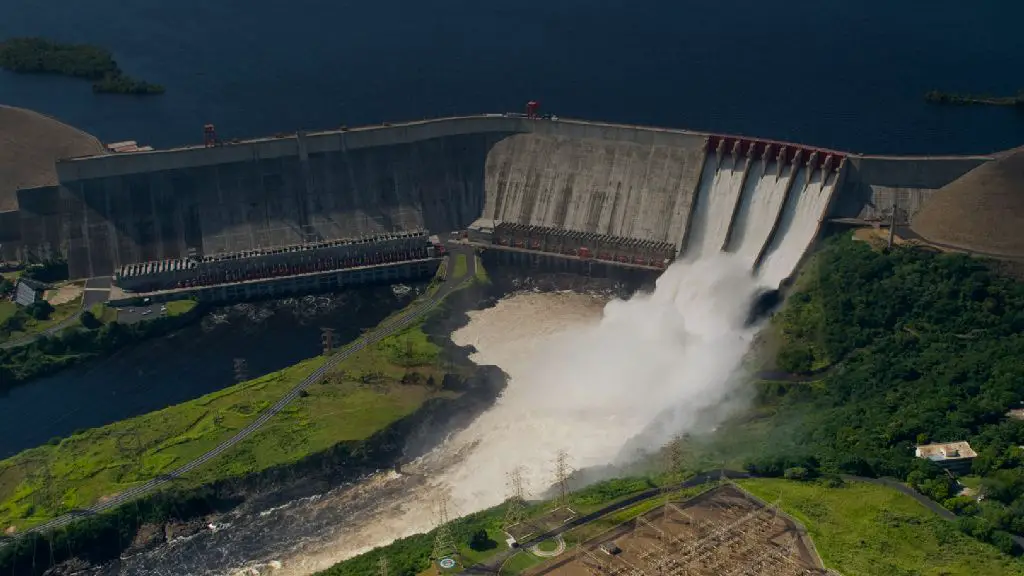
Some of Hydro Tasmania’s cutting-edge projects include the Battery of the Nation initiative and the Cethana pumped hydro scheme. Battery of the Nation aims to establish Tasmania as the battery for Australia by developing pumped hydro energy storage solutions linked to the National Electricity Market via the Marinus Link interconnector (https://www.hydro.com.au/). The Cethana project will increase Hydro Tasmania’s pumped hydro capacity, further enabling the storage of renewable energy.
In addition to pumped hydro, Hydro Tasmania is investing in emerging battery technologies through the Battery of the Future initiative. By supporting battery research and demonstration projects, Hydro Tasmania is driving innovation in energy storage. Overall, the company’s investments in renewable technologies and projects highlight its position at the forefront of clean energy innovation in Australia (https://www.hydro.com.au/about-us/what-we-do).
Sustainability
Hydro Tasmania is committed to renewable energy and lowering emissions. They generate nearly 100% renewable electricity from hydro, wind and solar assets, helping drive Australia’s clean energy future (source). Hydro Tasmania has set a goal to achieve net zero emissions across all operations by 2030 (source).
Hydro Tasmania also invests in community programs and environmental management. They fund sustainability initiatives like wildlife monitoring, river health assessments, and community education programs. Hydro Tasmania takes a scientific approach to managing water flows and minimising environmental impacts (source). Overall, sustainability is a core focus for Hydro Tasmania as they work to protect the environment while transitioning to renewable energy.
Assets
Hydro Tasmania owns and operates an extensive portfolio of assets involved in power generation, energy storage, and transmission across Tasmania.[1] This includes major dams, power stations, and an electricity transmission network that spans the state.
Hydro Tasmania’s key generation assets include:
- Gordon Dam – A 140m high concrete dam that can generate up to 432MW. It was opened in 1974 and was one of the largest infrastructure projects undertaken in Australia at the time.[2]
- John Butters Power Station – Hydro Tasmania’s newest power station, completed in 2019, with an installed capacity of 144MW.
- Poatina Power Station – Opened in 1966 as part of the Great Lake Scheme, Poatina has six generating units with a combined capacity of 300MW.
- Reece Dam – A rockfill embankment dam completed in 1967 as part of the Pieman River Power Development Scheme.
In total, Hydro Tasmania has over 200 major structures involved in power generation and water management across the state.
[1] https://www.hydro.com.au/docs/default-source/about-us/our-governance/annual-reports/hydro-tasmania-annual-report-2022—final.pdf?sfvrsn=24a6d29_5
[2] https://en.wikipedia.org/wiki/Hydro_Tasmania
Partnerships
Hydro Tasmania works closely with various partners including government, businesses, community groups, and universities. Some key partnerships include:
The Tasmanian Government – As a state-owned business, Hydro Tasmania works closely with the Tasmanian Government to support their energy strategy and advance the state’s renewable energy capabilities (Hydro Tasmania).
Other energy companies – Hydro Tasmania has partnerships with major energy companies like Origin Energy, to supply renewable power and explore new technologies like battery storage (Hydro Tasmania).
Universities – Hydro Tasmania partners with universities like the University of Tasmania for R&D projects and student programs. These partnerships advance innovation in renewables (Hydro Tasmania).
Community groups – Through community partnerships, Hydro Tasmania provides grants, volunteers and supports local events. This helps build strong community relationships (Hydro Tasmania).
Financial Performance
Hydro Tasmania’s financial performance over the past few years has been strong, with the company consistently delivering profits and contributing significantly to the Tasmanian economy. According to Hydro Tasmania’s 2023 Annual Report, revenue was $2.1 billion in 2022-23, up from $1.9 billion the previous year. Meanwhile, net profit after tax rose to $291 million from $247 million. Over the last five years, Hydro Tasmania has averaged over $200 million in net profit annually.
These strong profits have enabled Hydro Tasmania to pay substantial dividends to its owner, the Tasmanian Government. In 2021-22, Hydro Tasmania paid $114.8 million in dividends, contributing significantly to government finances. The company is a major driver of economic activity and jobs in Tasmania. According to analysis commissioned by Hydro Tasmania, it contributed $1.1 billion to Gross State Product and supported over 5,000 full-time equivalent jobs in 2020-21.
Going forward, Hydro Tasmania is well-positioned to continue generating substantial profits and dividends. The company has invested heavily in renewable energy projects in recent years, including the Cattle Hill and Granville Harbour wind farms. These investments will boost Hydro Tasmania’s revenue-generating capacity over the long term.
Future Directions
As the renewable energy sector continues to grow, Hydro Tasmania is focusing on plans and strategies that will allow it to maintain its position as a leader in renewable energy. Some of the key elements of Hydro Tasmania’s future plans include:
Becoming an enabler of renewable energy across Australia through projects like Battery of the Nation. This will support the transition to renewable energy by providing steady clean power to the grid.
Continuing to invest in new renewable generation assets such as wind farms and solar projects. Hydro Tasmania aims to accelerate Australia’s transition to net zero emissions. (1)
Leveraging Tasmania’s competitive advantage in renewable energy to create new clean energy exports. Hydro Tasmania is exploring opportunities like hydrogen production that can support decarbonization across other sectors.
Investing in innovative technologies and solutions that support grid stability and renewable energy growth, such as virtual power plants and battery storage projects.
Overall, Hydro Tasmania is focused on initiatives that will reinforce its position as Australia’s leading clean energy business while also supporting the broader renewable energy transition.

